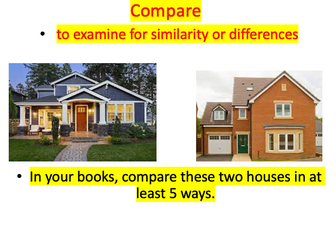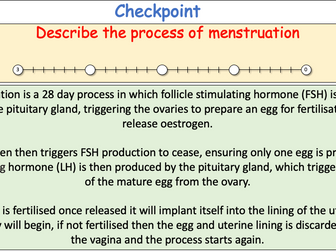GCSE Biodiversity (AQA Combined Science Biology B7 Ecology: Biodiversity)
<p>4.7.3 Biodiversity and the effect of human interaction on ecosystems<br />
4.7.3.1 Biodiversity</p>
<p>Content :<br />
Full lesson including:</p>
<p>starter recall task<br />
mid point activity<br />
recap video<br />
practice exam question with answer</p>
<p>Biodiversity is the variety of all the different species of organisms on<br />
earth, or within an ecosystem.<br />
A great biodiversity ensures the stability of ecosystems by reducing<br />
the dependence of one species on another for food, shelter and the<br />
maintenance of the physical environment.<br />
The future of the human species on Earth relies on us maintaining a<br />
good level of biodiversity. Many human activities are reducing<br />
biodiversity and only recently have measures been taken to try to<br />
stop this reduction.</p>










